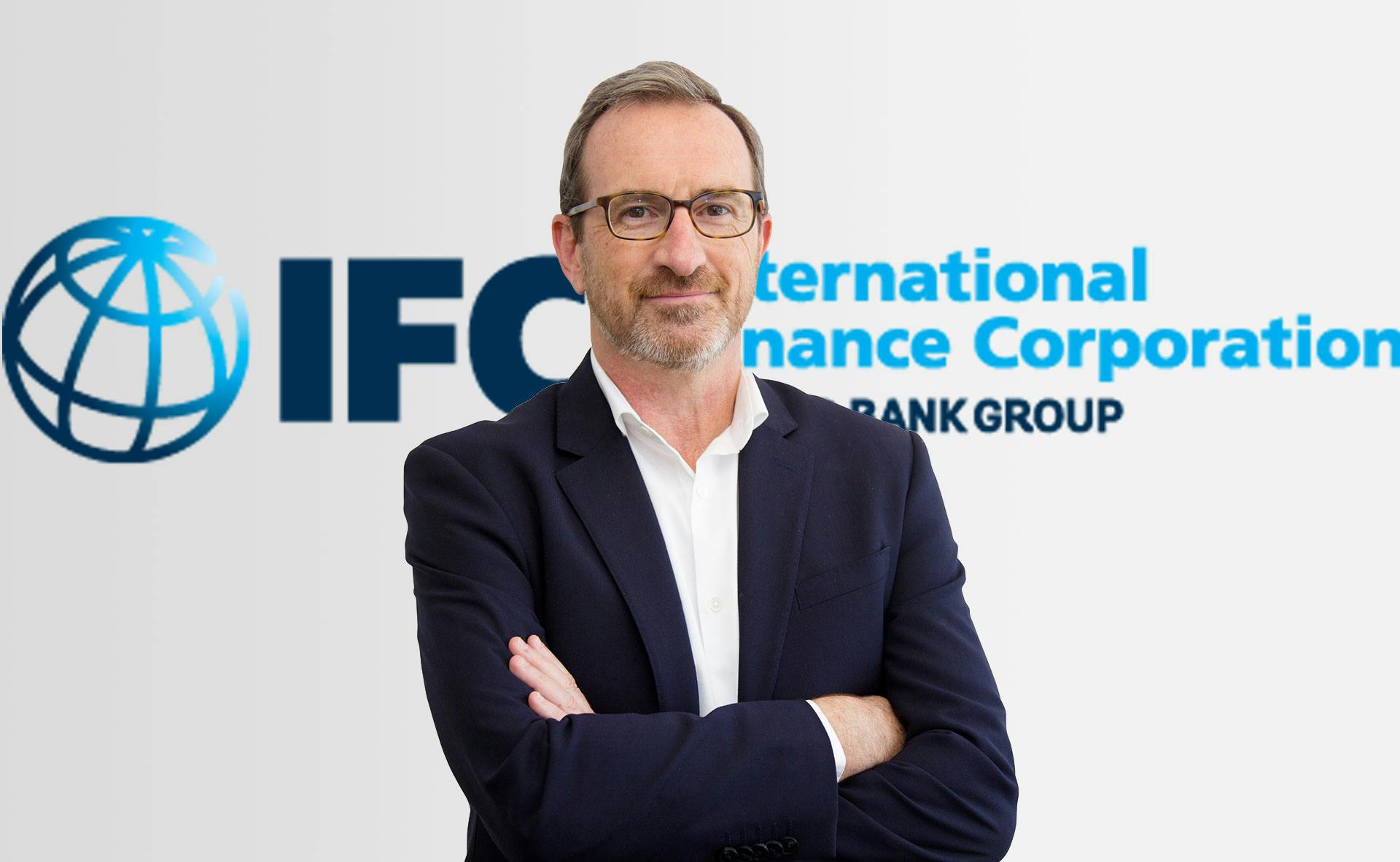In 2016, violence in South Sudan drove hundreds of thousands of people across the border into Bidi Bidi, Uganda. By 2017, the relatively unknown village had been transformed into the world’s largest refugee camp. Only a year later, in 2018 another camp—this time in Bangladesh—had claimed that title.
Forced displacement has reached record highs all over the globe with 68.5 million people displaced worldwide, according to UNHCR, the United Nations refugee agency. This includes 25.4 million refugees, 40 million internally displaced persons (IDPs) and 3.1 million asylum seekers. Whether fleeing conflict or persecution, economic hardship, the negative effects of climate change, or in some cases a mix these, the dislocation of people and societies is a rapidly increasing global crisis.
Eighty-five percent of the world’s refugees live in low- and middle-income countries, with the majority of those hosted in 10 countries across Africa and the Middle East. Recent large-scale displacement, coupled with protracted refugee situations of 20 to 30 years, has resulted in some instances of a third generation born into the same refugee camps, making the need for new interventions and innovative solutions crucial.
Important innovations are occurring through private sector engagement with refugees and host communities. At present, most is through corporate social responsibility, driven by philanthropy and a desire to do good, but it is not a core business.
The private sector should not function as an extension of humanitarian relief efforts. Humanitarian actors are playing a key role, they have a proven track record of providing the best in crisis response. The private sector, however, can address long-term development, and may play a central role in protracted situations where short-term solutions no longer hold.
So what does that mean? Private sector solutions for refugees are quite straightforward: They consider refugees beyond their status and as part of the normal population—employers, employees, entrepreneurs and consumers. Refugees are economic actors who are underserved, and gaps need to be filled in a host of sectors, including energy, technology, financial services, education, sanitation and more.
Furthermore, private sector solutions envision moving beyond considering refugees in isolation to systematically considering refugees and host communities. This approach provides a social and political license to invest without excluding the local community; it mitigates tension; and, considering camps and the cities around them, it gives a much more holistic view of the market and its potential.
Finding durable solutions is a holistic undertaking, and the private sector can only play its role within a broader policy framework along with state actors. A core feature of successful private sector engagement is an enabling environment, and the policy around whether refugees have the right to work, live, move, and own a business in their host country.
Market intelligence is at the heart of enabling private sector engagement. Data is one of the keys that the private sector uses to unlock the opportunities with refugees and host communities. What are the realities on the ground? What services are needed? What are the conditions and opportunities? What already exists that businesses can leverage and build on?
Private sector engagement in refugee and host communities is relatively nascent, but it is growing, and an increasing number of development institutions have recognized the ability of the private sector to promote self-reliance, employment, and access to finance by their strategic capabilities. Main actors in this space include IKEA, through the company and its foundation, and the Soros Foundation, which has earmarked half a billion dollars for investment in the refugee space.
The International Finance Corporation (IFC), a sister organization of the World Bank and private sector arm of the World Bank Group, has taken on a role supporting refugees in Africa and the Middle East. In the Middle East, clients approached IFC and wanted to extend and de-risk their operations. This included helping a microfinance institution in Jordan expand their services to serve the refugee population.
In Africa, the situation was different. There was a much larger awareness gap, leading to a first-of-its-kind study, "Kakuma as a Marketplace,” that looked at Kakuma town and the Kakuma Refugee Camp in northwestern Kenya. Among other things, the study revealed an economy of $56 million per year based on household consumption, and 2,100 refugee-owned businesses. The rationale behind the 2018 study was to look at the camp and the city as a single marketplace and bridge the awareness gap with data. That data revealed boundless potential for private sector actors in Kenya—a country with a rich entrepreneurial and investment scene—to extend their services to refugees.
With increasing research into the economics of refugees and host communities, popular assumptions (often negative) around hosting refugees are being challenged. A World Bank study published in 2019 collected 762 results from 49 empirical studies and found that in “most instances (65–67 percent), forced displacement did not affect employment. Negative impacts were experienced fewer than one in four times, with negative outcomes associated with young and informal workers. Employment increased according to 12–14 percent of results.”
A new IFC study, Private Sector & Refugees – Pathways to Scale, produced in partnership with the Bridgespan Group, looked at over 170 private sector-led refugee initiatives in Africa and the Middle East, and found that an enabling environment was a critical feature of impact and scale. Flexible financing, cross-sector partnerships, and investment information were the other key elements in sustainable and scalable interventions.
For example, IrisGuard—an iris-recognition biometric technology company—has worked with UNHCR and other international organizations to improve onboarding and delivery of cash assistance, in-kind support, and more to refugees in Jordan and across the Middle East. Sharing capabilities, wherein organizations share technology, knowledge, and technical expertise, has streamlined the process of registering and delivering services to refugees, demonstrating a durable solution for private-sector actors.
There are a multitude of challenges when it comes to engaging and investing in refugees and host communities, including insufficient tools, information, and coordination. Each context is specific and different (sometimes even within the same country) and requires tailored solutions, which can constrain the replication of successful efforts. There is still a deep-rooted bias against private-sector investment in the refugee space, often based on security risks and a sense that the issues are humanitarian rather than economic in nature. There are also concerns about political implications of such investments.
To create successful pathways of private-sector engagement, the first and most important hurdle is gathering data, researching accurate market size and needs, and bridging the awareness gap. Private-sector actors then need to avoid silos. They need to identify partners, pursue public-private partnerships, and establish a coordinated and systematic effort to elevate the quality of private sector engagement.
The private sector is not a panacea, but it can be a central part of creating long-term solutions. To attain impact at scale, private-sector actors will need to innovate, create, and replicate solutions for refugees and host communities. Perhaps most important of all, there needs to a change in mindset where people, policymakers, and private-sector actors see refugees for the entrepreneurs, employers, employees, and consumers that they are. Together they can contribute to the effort to promote self-reliance and create opportunities.











